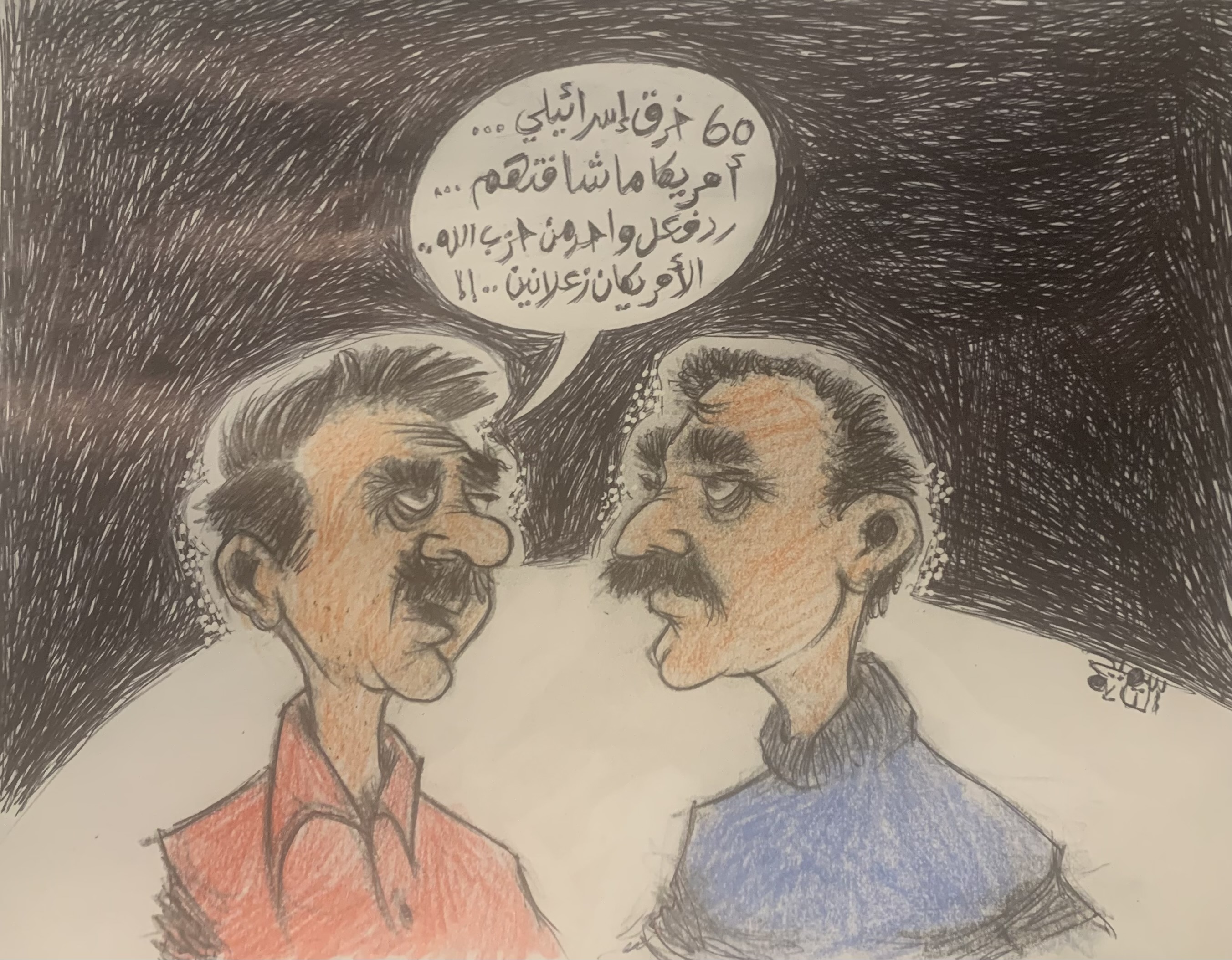
Written by Nasser Kandil,
Since the Russian military positioning in the face of the war on Syria at the end of September 2015, it was clear for Moscow and its allies in the axis of resistance that there are differences in the four aspects that rule the deep alliance, which based on the protection of Syria from the threat of terrorism, division, and chaos. These differences are related to the interests and the deep visions of the two teams in the region to the extent that they considered the winning in Syria an existential issue for the two teams, and that the cohesion of this alliance is a compulsory way for this winning. Therefore this consensus led to the decision of the Russian positioning which was followed by shifts through which the two teams succeeded in managing these differences smoothly and quietly.
The four differences are first, the Kurdish position and Moscow’s trust in its ability to lure the Kurdish leaderships to the project of the political solution sponsored by Moscow. Second, the Turkish position and the ability to lure it to a partnership in the political solution that grants it a special role instead of the losing bet on supporting the axis of war. Third, the Israeli position and the Russian bet on neutralizing Israel from the alliance of sabotaging the projects of the political solution in Syria sponsored by Russia, under the title that Russia through its presence in Syria is not an additional party in the balances of the axis of resistance in its open battle with Israel, since this conflict can be managed away from affecting the project of combating the terrorism in Syria, the prevention of its division, and recovering it supported by Russian guarantees to Israel and to the axis of resistance. The forth difference is related to the American position and the Russian bet on attracting Washington to a political settlement in Syria that forms a way for ending the dispute and paves the way for a negotiating path that led previously to the understanding on the Iranian nuclear program with Iran, and can lead to solution in the disputing files between Washington and Tehran.
Within two years the axis of the resistance waged its confrontations with these four titles in a way that did not embarrass Russia and did not affect the alliance with it. The battle of Aleppo occurred after a war of attrition that lasted for months fought by Turkey under the title of armistice, while Turkey was conspiring until Moscow was convinced to wage that battle fiercely and decisively. Furthermore, the axis of the resistance endured the American and Israeli provocations and the development of the Kurdish separation situation, but it was restraint supported by three constants; first, the cost of the disparity with Moscow is higher than the gains of this disparity in these titles, second, the achievements of these titles are doubtful without Russia. Third, the facts will prove whether Moscow’s bet was right or no, in this case, Moscow will reposition with new visions and policies.
The understanding between the axis of resistance and Russia has been drawn on a basis of continuing the war of liberation of the Syrian geography without neglecting the Russian initiatives to attract the Kurds and the Turks and to neutralize the Americans and the Israelis, but without the allowance of any provocation to lead to a side confrontation that stops the military path of determination on one hand, and confuses Russia on the other hand. The recent facts led to transformations in the positions and maybe because Russia discovered the correctness of the resistance axis’s reading, but most importantly it became clear for Russia that America has resolved its choice; that its confrontation is with Russia, in other words; to prevent the growing of its international and regional presence as the American strategy stated publicly and as the American statements and the practices said in order to raise the importance of staying in Syria rather than the political solution in it. In contrast, the facts showed that the Kurdish dependence on Washington is bigger than to be attracted by the Russian temptations for the political solution, and the constitutional formulas that meet the aspirations of the Kurdish leaderships, furthermore, Turkey’s ambitions to grasp a part of the Syrian geography exceeds its desire to ensure the Turkish national security from the threat of the Kurdish entity. Israel does not wage in Syria its battle only, but the battle of America to disrupt the political solution led by Russia, it turned into a main party in the war of weakening the status of Russia.
These are the conclusions reached by Russia; it drew the path of the new stage entitled deepening the alliance with the axis of resistance and grants it strategic aspects that surpass the coordination and the cooperation under the ceiling of the recovery of Syria and the ensuring of its unity and sovereignty. The joint Russian administration with the resistance axis starts from a common view of the axes and the rules of engagement. On the basis of this new equation of the alliance, the time which the Syrian President has long waited for to build networks of air defense has come and was the decision of dropping the Israeli warplane, knowing that further similar steps will take place soon. The Israelis and the Americans have to take into consideration that the path of resolving will continue in the field more forcefully, and the response to the provocations will be greater too, even if the cost is an open confrontation waged by the axis of resistance and supported indirectly by Russia. The Turks and the Kurds must take into consideration that there will be no consolation prizes. The only available title to avoid the worst is to spread the authority of the Syrian country in the areas of the Turkish and the Kurdish control.
Translated by Lina Shehadeh,
2018-02-21 | عدد القراءات 1847









